The Poppy War: A Historical Analysis
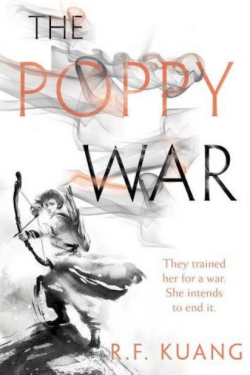
May 17, 2023
Fighting, monsters, gods and comedic relief is everything a reader wants in a good fantasy book. All this is found in R.F Kuang’s debut novel The Poppy War. Kuang is a Georgetown alumna in Chinese History and a current PhD student in East Asian Languages and Literatures at Yale.
Her study of Asian history and language is an element heavily incorporated into her writing, allowing readers to make connections between events in the book and their historic inspiration.

The first novel in The Poppy Wars trilogy is based on the Second Sino-Japanese War, referred to as the Second Poppy War in the book. The book’s premise follows three main countries; Nikara, The Federation of Mugen and Speer. There are also other countries that aren’t as present in the first book, such as The Hinterlands and Hesperia.
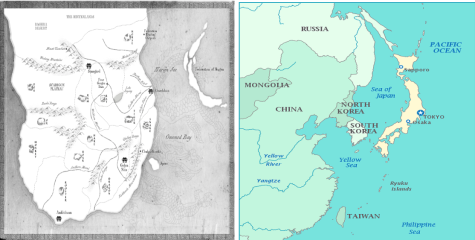
The huge landmass you see is Nikara, which is supposed to be China. Mugen, as you can see on the far right, is modeled after Japan. Kuang differentiates between fact and fantasy by curving Mugen outwards away from Nikara rather than inwards towards China as Japan is in real life. Speer, the little landmass you may be able to see towards the bottom right is meant to be Taiwan.
The bodies of water that separate these countries are called the Nariin Sea and Omond Bay, which are inspired by the Sea of Japan and Yellow Sea. The Hinterlands, which is visible to the north of the map, is most likely inspired by Mongolia and/or Russia, and the often mentioned Hesperia is modeled after the colonizers of the West like Britain. The Baghra desert, located in/near the Hinterlands, is most comparable to the Gobi Desert of real life.
The Poppy War starts out with 14 year old war orphan Fang Runin (Rin) about to be married off to a man much much older than her by her adoptive parents. Rin realizes that she doesn’t want her future to be filled only with being married and having children, so she makes the decision to try and get into a university to escape her destiny. The part of the country where Rin lives, Rooster Province, is populated by peasants who aren’t known for producing geniuses or children that get into academies.
The determining factor of who gets into which academy, if any, is the Keju, a nationwide exam. The Keju tests the youth of Nikara on all subjects from classics to strategy, providing a gateway to all the academies in the country. Rin’s parents stand to make a profit from Rin’s possible marriage so they don’t want to pay for any test prep or help Rin in any way to prepare for the test. Instead, the Fangs begrudgingly allow Rin to study when she is not supposed to be laboring for them, but she is only allowed a university if Rin scores high enough to get into Sinegard, the most prestigious academy, and the only one that is tuition free.
Sinegard is considered the most prestigious academy because it is a military school that produces brilliant commanders. Rin studies tenaciously and without rest for two whole years, scoring the highest in her village and securing her place at Sinegard. However, because of her dark skin, non-privileged upbringing and the fact that she needed to learn the language and spoke with an accent once she did, Rin faced heavy discrimination. Here, she trains for two years until the Second Poppy War breaks out.
Before we delve into the First and Second Sino-Japanese Wars, we must first inform ourselves on an ever present theme throughout the whole book, opium. As you may or may not know, opium is made of the poppy flower, hence the title, The Poppy War. Opium is a drug often compared to heroin, which can be extremely strong and addictive. The Opium Wars in the 19th century were first centered around a conflict between Britain and China, and later the second one, between Britain and France against China.
The first war happened because Britain had been exporting opium from India into China, illegally. China did not like this, as it was against the law, and so they destroyed about 20,000 crates of opium. Another cause of the same war was the killing of a Chinese civilian by drunk British sailors. The British also broke a Chinese blockade and decided to attack the city of Canton. The Chinese troops did not hold against the British, so the Qing rulers lost Nanjing, the capital of Jiangsu province in east-central China to the Brits.
This first war ended with the Treaty of Nanjing which forced China to cede Hong Kong to the British as well as pay an indemnity to them. The second opium war had to do with Britain’s desire to expand their trading rights, which included their trade of opium. France later decided to help Britain, and the two defeated China and legalized the trade of opium there, bringing in massive profit to the west. The Opium Wars were a huge ever present theme in the book because Rin’s adoptive parents were opium dealers, allowing her to see what it did to people firsthand. Rin continues to meet people with complicated relationships with opium as the book goes on.
The First Sino-Japanese War (1894-1895) which is not happening in the book, but is remembered, outlines the conflict between Japan and China in the late 1890’s. This conflict grew from the desire of both countries to dominate Korea. Japan seems to have won the war of domination due to the influence western countries had on them which caused them to industrialize and modernize. Because of this fact, Japan’s small forces outplayed China’s large forces resulting in China suing for peace.
The main character, Rin, is a war orphan as a result of this First Poppy War (First Sino-Japanese War). References are made throughout the book of Mugenses (Japanese) hatred and Mugen Federation soldiers.
The Second Sino-Japanese War (1937-1935), referred to as the Second Poppy War only starts about halfway through the book. Our protagonist Fang Runin, or Rin is caught up right in the middle of this war, as it breaks out in the midst of her studies at the most prestigious military academy in the country. This war historically and in the book is due to the expansion of the Mugenese (Japan) into Nikara (China) territory. Historically, the war ended with the unconditional surrender of Japan. Despite winning, China was exhausted as she had suffered tremendous losses in not only population but also in agriculture and industrialization, shattering modernization efforts. The first book, however, did not end this way. Instead, it has an ending that may leave you wanting to scream at someone.
In summary, R.F Kuang touches upon topics of self harm, racism, privilege, spirituality and the harsh realities of war. Kuang, with her beautiful writing style and character progression, heavily incorporates historical elements into her books, making them both fun and devastating to read.
If you like what you read herein, consider reading the next two books in the series, The Dragon Republic and The Burning God. Some other historically inspired books are She Who Became the Sun, by Shelley Parker-Chan based on 14th century China and the rise to power of the Hongwu Empire. Another one is Circe, by Madeline Miller inspired by the Greek myths of Circe who is the sorceress daughter of Helios. While The Poppy War can be as previously stated, devastating, it truly and captivatingly captures the rich and interesting history of Eastern Asia.











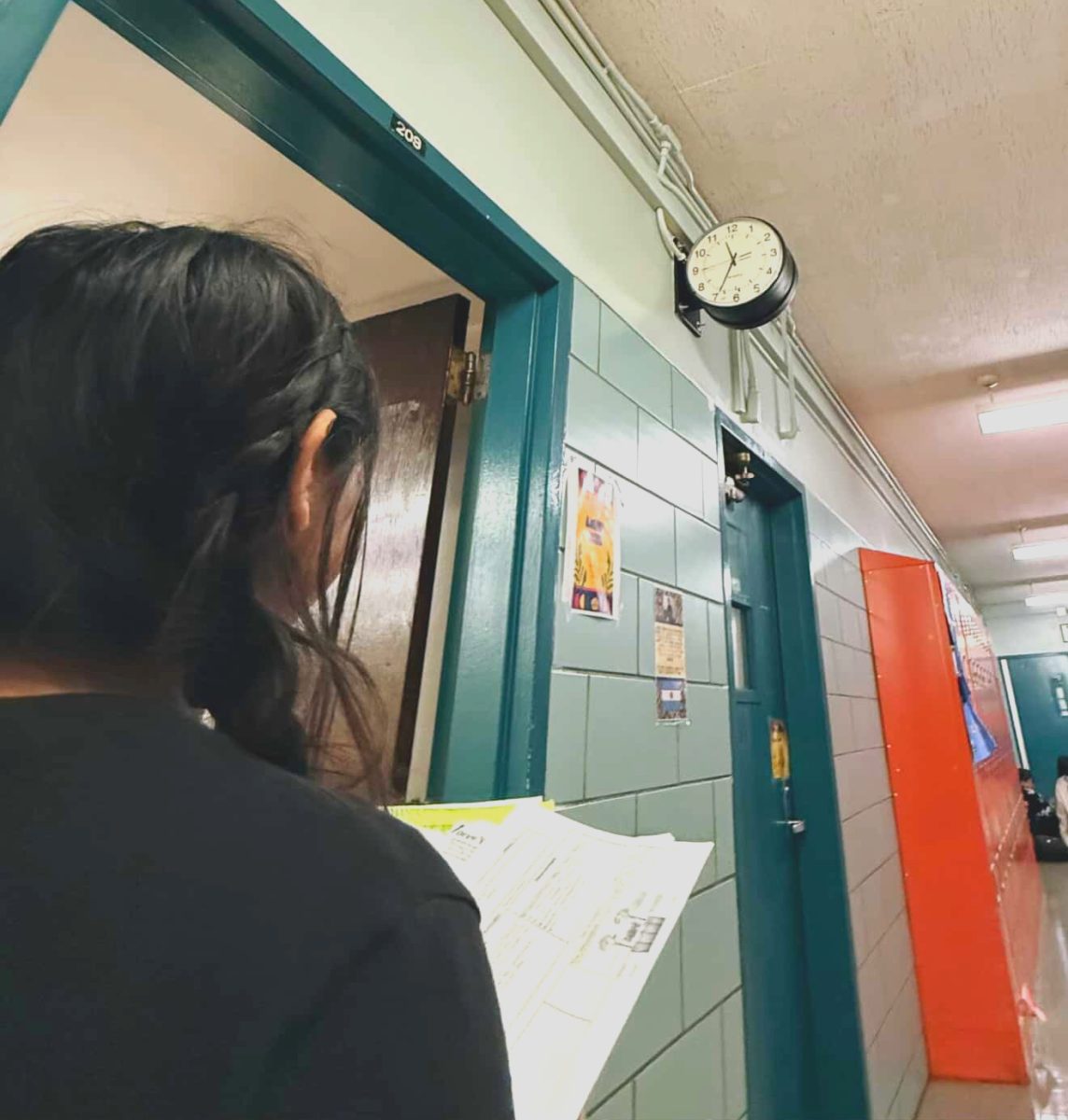

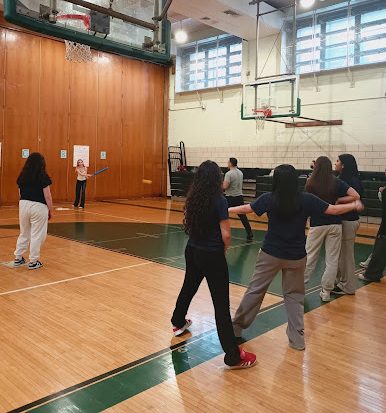








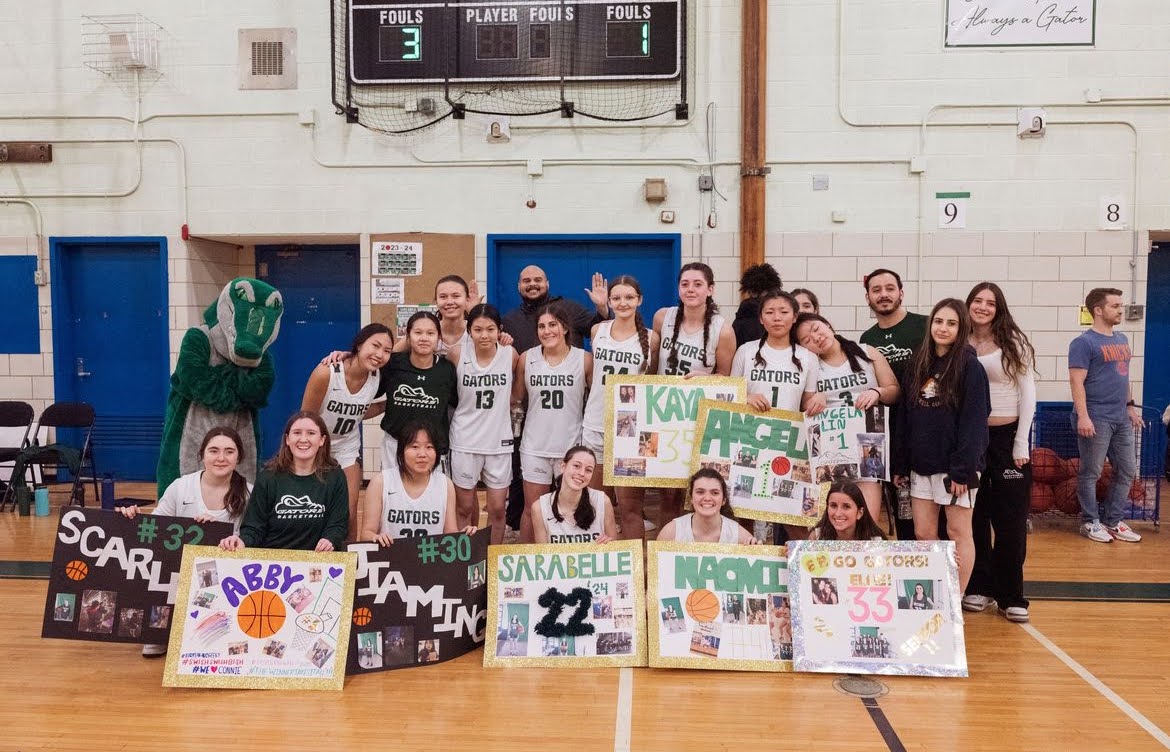





Vanessa • Mar 24, 2024 at 7:50 am
There were three poppy wars in the books. The first took place when the Hesperians and Mugenese were both trying to conquer Nikan. The second poppy war is the one where the trifecta destroyed the Mugenese troops and then placed themselves as the rulers of Nikan. The third is the one that started when Rin was in school at Sineguard and showcases the horrors of war that is detailed in the books (primarily book 1).